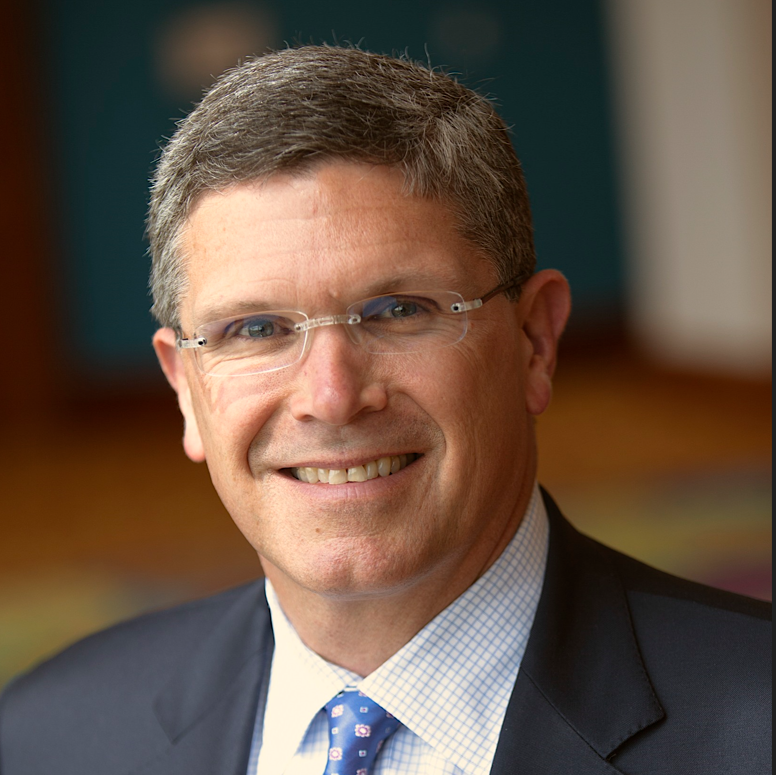Pediatric clinical research is on the rise, due in equal parts to recent draft FDA guidance that builds on previous guidance and clarifies expectations for pediatric clinical development, as well as increased public awareness and understanding of clinical research benefits in the post pandemic era.
Generally speaking, pediatric medicine remains uncharted territory and is considered one of the most challenging areas of drug development, specifically for enrollment, procedure burden, as well as limitations with placebo use and age-appropriate formulations. Pediatric dosage formulation, the foundation of effective drug development, is still officially described as guesswork. Only 30% of medicines given to children have actually been tested in children. Half of rare diseases affect children; many for which no current treatments exist.[1]
Pediatric clinical research is now more frequently required by global regulatory authorities. In May 2023, two draft FDA guidances were released: the Pediatric Research Equity Act (PREA), which requires sponsors to conduct certain pediatric studies; and the Best Pharmaceuticals for Children Act (BPCA)[2], which provides the pediatric exclusivity incentive for sponsors to conduct pediatric studies of drug products. Together, the new draft guidances replace a draft guidance on PREA compliance that FDA issued in 2005.[3] and provide clarity on study design, safety data collection and address the topic of an overall pediatric clinical development program.[4]
In anticipation of the release of final FDA guidance and to commemorate National Children’s Health Month (celebrated every October), Dr. Salma Elfaki, Principal investigator at an Alcanza site in Lake Nona, FL discusses opportunities and challenges within pediatric research.
- Tell us about your pediatric research background and how research practices have evolved over your career.
Dr. Elfaki: I have been a pediatrician since 2005 and got involved with clinical research fortuitously when a parental acquaintance was looking for a part-time investigator. I was eventually approached by Carlos Orantes (CEO of Alcanza) to become an embedded site of Accel Research Sites Network, which recently became part of the broader Alcanza network. I operate a solo practice splitting my time between private practice and clinical research, and my goal is to expand research by bringing in other physicians.
- Pediatric research presents many different challenges from recruitment and trial acceptance to trial designs and dosing. In your experience, where are the greatest opportunities for improvement from within the clinical research community?
Dr. Elfaki: Study design is critically important. Children are not easy patients when it comes to interventions such as blood draws. Younger children may fight you to avoid a blood draw. Seasonal trials, such as flu and RSV can be hard to enroll if the visit schedule frequency and duration does not consider school hours, as well as typical timing for holidays and breaks. My basic recommendations include spacing the visits out, so they do not take place on a consecutive weekly basis. The average study stipend is inadequate, so I would recommend increasing the amount of patient stipends to encourage more participation. Providing transportation and extended working hours is also important. We have weekend hours at least once a month and have regular extended hours (past 5pm) to help avoid interfering with school hours. Since pediatric research involves the whole family, it is also important to consider toys and games in the waiting room or setting up exam rooms to accommodate other children in the family.
- How often do you address participation concerns about unknown medicines and safety issues?
Dr. Elfaki: Many studies that we conduct involve investigational products that are in Phase II or III, so there are typically available data from adult studies, teens and other children that allow for visibility into what is happening in other populations. It is important for principal investigators to be transparent about known side effects and be accessible to parents. As a practicing pediatrician, I have the benefit of built-in trust with parents and their children but also try to build rapport during screening, and we also ensure parents can contact the study coordinator or me with any questions or concerns.
- Compared to studies from 5+ years ago, are clinical study protocols involving pediatric populations more patient friendly? In which specific areas have you seen the most improvement?
Dr. Elfaki: Overall, scheduling is better. I see more protocols that require weekly or biweekly visits, instead of requiring participants to come into a clinic on Day 1, 3, 7, etc. The frequency and timing of blood testing is better than it used to be, in terms of putting extra burden on patients and their families. We are able to recruit more patients into trials involving new medicines, and ones that solve problems, such as improving the standard of care regimens. There is still room for improvement with products and formulations, including the ability to combine 2 vaccines into 1, and developing formulations that are acceptable to children. Children do not take pills well, so a liquid form is almost always preferable. In addition, certain formulations can be limited to age groups, such as 0-6, and 6-12 which seems arbitrary from a medical perspective.
- What type of communications (to support awareness, education, and recruitment) do you believe are most effective with pediatric research? How do you communicate with families who are interested in, or receptive to, the idea of clinical trials involving their child?
Dr. Elfaki: The effectiveness of educational materials varies based on the treatment and targeted age group. In general, I see short form animated videos and social media content more frequently, and they are more effective than the traditional flyer. Local media has been an effective tool. I try to maintain good relationships with news reporters. When answering their inquiries about stories on flu or COVID outbreaks, I also bring clinical trial opportunities into the story, and send newsletters with IRB-approved copy for upcoming trials to expand publicity through trusted channels.
[1] Children and Clinical Studies website. September 2015. Why Do Research in Children? http://www.childrenandclinicalstudies.org/whydo.php
[2] https://www.fda.gov/media/168201/download
[3] https://www.fda.gov/media/72274/download
[4] https://www.cov.com/en/news-and-insights/insights/2023/05/fda-publishes-draft-guidance-on-pediatric-drug-development





